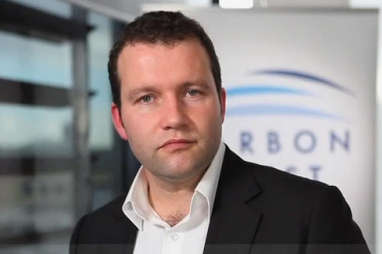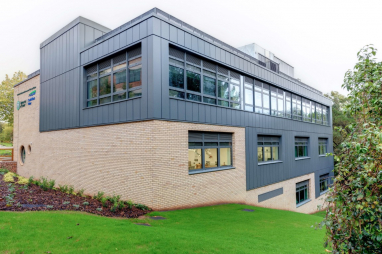- Latest Nike Air Max 97 Trainer Releases & Next Drops , Nike Air Jordan Retro I High OG Black Metallic Gold 2020 , IetpShops
- Air Jordan 1 Outlet Store
- nike air force with skinny jeans girls , Manor PHX – Cheap Ietp Jordan Outlet , Premium Footwear & Streetwear Boutique
- The 25 Best Air Force basketball 1 Colourways of All Time , IetpShops , Nike Swoosh logo embroidered fleece shorts
- IetpShops - Is a Nike SB x Air Jordan 8 Retro BG Three - 142 Pine Green in the Pipeline Low PSG DZ4133 , 008 Release Date - Is a Nike SB x Air Jordan 4 Pine Green in the Pipeline - Peat 305368
- air jordan xxxv cq4227 004
- all star air jordan 1 gotta shine
- air jordan 4 og fire red DC7770 160 release details price
- Air Jordan 1 Mid Bred 554724 074 2020 Release Date 4
- Air Jordan 3 Rust Pink CK9246 600
- Home
- News and analysis
- Info hubs
- Events
- Video
- Case Studies
- About us
- Magazine
- Advertising
Produced for the industry by the Association for Consultancy and Engineering
Low embodied carbon – Maximising life-cycle analysis

Low embodied carbon: Part 2 of a two part analysis by Dominic Burbridge of the Carbon Trust on the role of low carbon building materials in driving towards a sustainable future.
Life-cycle analysis presents a significant opportunity for suppliers to reduce their costs and so protect margins or increase market share. The value of the information is only fully realised if it is integrated into a holistic marketing and communications strategy that allows buyers to make easy and meaningful like-for-like comparisons.
Suppliers need to move beyond simply complying with environmental standards and treating the carbon footprint of a product as a mere qualifier for tenders. They should instead present key stakeholders – customers, investors, their staff – with a positive statement of how their products can have a lower carbon impact, all while competing on price, quality and availability.
Getting this right gives suppliers the advantage they need to acquire market share and grow revenues in a competitive market, while also improving their reputation. This is the real commercial value of low carbon construction products.
And this is especially pertinent for suppliers at the cutting edge of sustainability. The Carbon Trust carried out a ground-breaking project with, among others, Lafarge Tarmac to develop low temperature asphalt. The 39% reduction in carbon emissions of this innovative new product is a real achievement, but it is the business case as a whole that makes it so compelling.
Not only does low temperature asphalt promise to reduce the carbon footprint of road contractors, it can also save the road industry £46.2M in energy costs over the next ten years if pickup is as strong as expected. By marketing a product’s quality, cost and environmental performance holistically, suppliers find a comparative advantage in a highly competitive market.
In this way, market leaders and new entrants alike can strengthen sales by footprinting construction products. It allows for direct comparison between products on cost, performance and environmental impact. Suppliers can also uncover the true environmental impact of their choice of raw materials. Marshalls a leading stone and concrete product manufacturer wanted to navigate the complexities of whether or when to choose virgin or recycled inputs.
The Carbon Trust worked with the company to help them gain further operational insights from their on-going footprinting work. In some cases the use of virgin materials had lower carbon emissions than recycled aggregates, once the energy required to process the outputs of demolition (from crushing and grading through to transport) had been taken into consideration. This insight is central to how Marshalls communicates the wider value of its products, helping customers make informed choices.
Carbon footprinting and lifecycle costing hold a lot of promise for the fast-moving construction product suppliers industry. But my work at the Carbon Trust has shown, time and again, that they are most effective when integrated into a general commercial strategy. Suppliers need to move beyond compliance to exploit the commercial advantages of their low carbon products. They must communicate the ‘what’s in it for me’ benefits to developers, contractors, and indeed their clients, and show them how they can decarbonise their supply chains without compromising on quality, performance or cost.
Part 1 of this analysis can be reade here and deals with "Communicating the power of sustainability"





